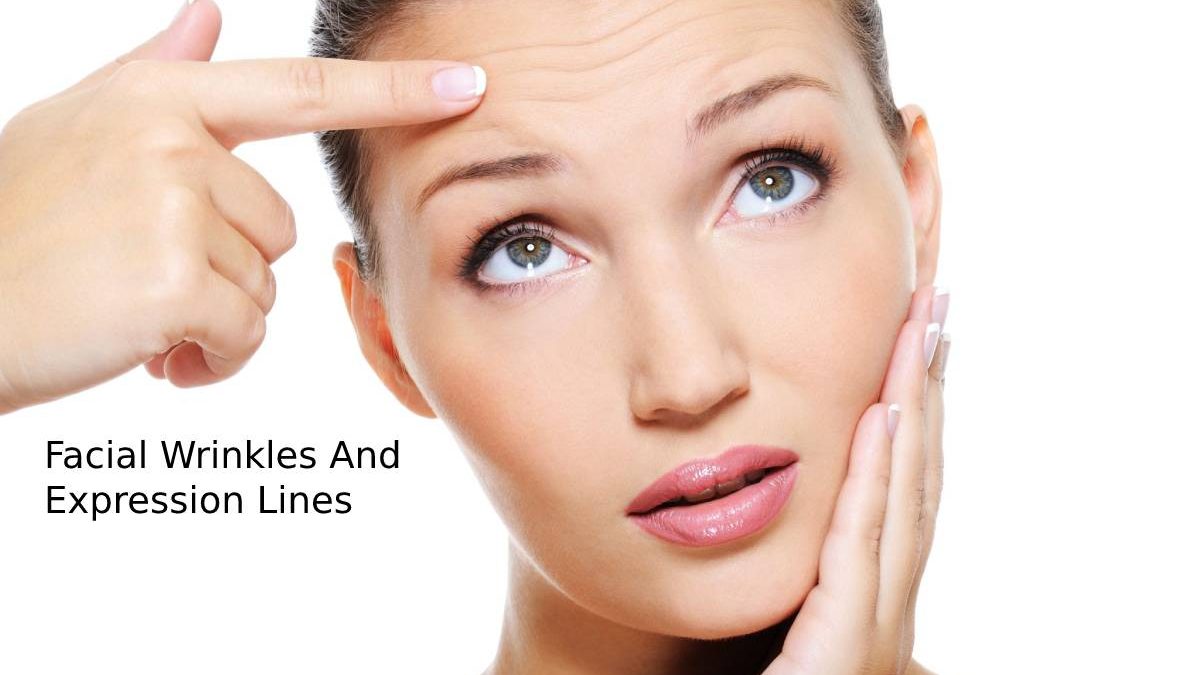Wrinkles Lines The face is the area most exposed to external aggressions (sun rays, temperature changes, etc.), and it is the place that most shows the passage of time with the appearance of wrinkles.
Expression lines are a consequence of expressive facial movements. Its most common locations are:
- Outer eye area: crow’s feet.
- Back of the nose.
- Around the mouth: perioral or bar code.
- Nasolabial folds.
- Corners of the mouth.
The ideal treatment for expression lines between the eyebrows is botulinum toxin type A because we act by relaxing the muscles that cause them since they cause them to form when they contract.
Botulinus toxin works by relaxing the muscles that cause these wrinkles to disappear, giving the face a relaxed, wrinkle-free appearance. It acts selectively on the predominant muscle area, relaxing facial expression as it prevents the formation of wrinkles without losing personal expressiveness in short, younger.
The use of botulinum toxin type A for expression lines is authorized only for treating the forehead, between the eyebrows or the glabella and the “crow’s feet” or periocular wrinkles. In the rest of the face areas, although there has been researching that would support its use on the whole face since 1998, it has not yet been approved.
This effect occurs about three days after the injection. Its duration is 4 to 6 months, and it is recommended to perform 2 to 3 annual treatments to maintain an ever-youthful appearance.
Table of Contents
The Side Effects that may Appear, Always Local :
- Pain at the injection site.
- Local oedemic and erythema.
- A small bruise at the injection site.
- Ptosis of an upper eyelid.
- Dry eye.
A mild transient headache may appear in some cases, which disappears with pain medication.
In sporadic cases, undesirable effects have been observed due to the diffusion of the impact of the toxin in places distant from the site of administration, and patients treated with therapeutic doses may experience excessive muscle weakness.
Symptoms
Wrinkles stand lines and folds that method on the skin. Some wrinkles can develop into deep cracks or furrows and are particularly noticeable around the eyes, mouth and neck.
When Should you See a Doctor?
If you are concerned near the arrival of your skin, see a dermatologist. They can do a skin assessment and help you create a personalized health care plan. A dermatologist can also recommend medical treatments for wrinkles.
Causes
Wrinkles are the result of a combination of factors, some you can control and some you can’t:
To get old. Decreased production of natural oils dries out the skin and makes it more wrinkled. Over the years, the skin naturally becomes less elastic and more fragile.
Reduces the amount of fat in the deeper layers of the skin. It makes the skin look loose and saggy, and the lines and furrows are more pronounced.
Exposure to Ultraviolet (UV) Light.
Ultraviolet radiation, which accelerates the natural ageing process, is the leading cause of the appearance of premature wrinkles. Exposure to ultraviolet light degrades the skin’s connective tissue, made up of collagen and elastin fibres, in the skin’s deepest layer (dermis).
Without the supporting connective tissue, the skin loses its strength and flexibility. Then the skin begins to weaken and wrinkle prematurely.
To smoke. Ay, be due to the effect of tobacco on collagen. Smoking can speed up the skin’s normal ageing process, which contributes to the formation of wrinkles.
Repetitive facial expressions. Facial movements and phrases produce fine lines and wrinkles, such as squinting and smiling. Each spell you use a facial muscle, a furrow form under the surface of the skin. These grooves become permanent features of the face. And, as the skin ages, it loses its suppleness and no longer regains its shape.
Prevention
Here are some tips to protect your skin and minimize the appearance of wrinkles:
Protect your skin from the sun. Limit your time in the sun, especially at midday, and always wear protective clothing such as wide-brimmed hats, long-sleeved shirts, and sunglasses. Also, wear sunscreen year-round when outdoors.
Choose a skin care product with a sun protection factor (SPF) of at least 15. The American Academy of Dermatology recommend.



